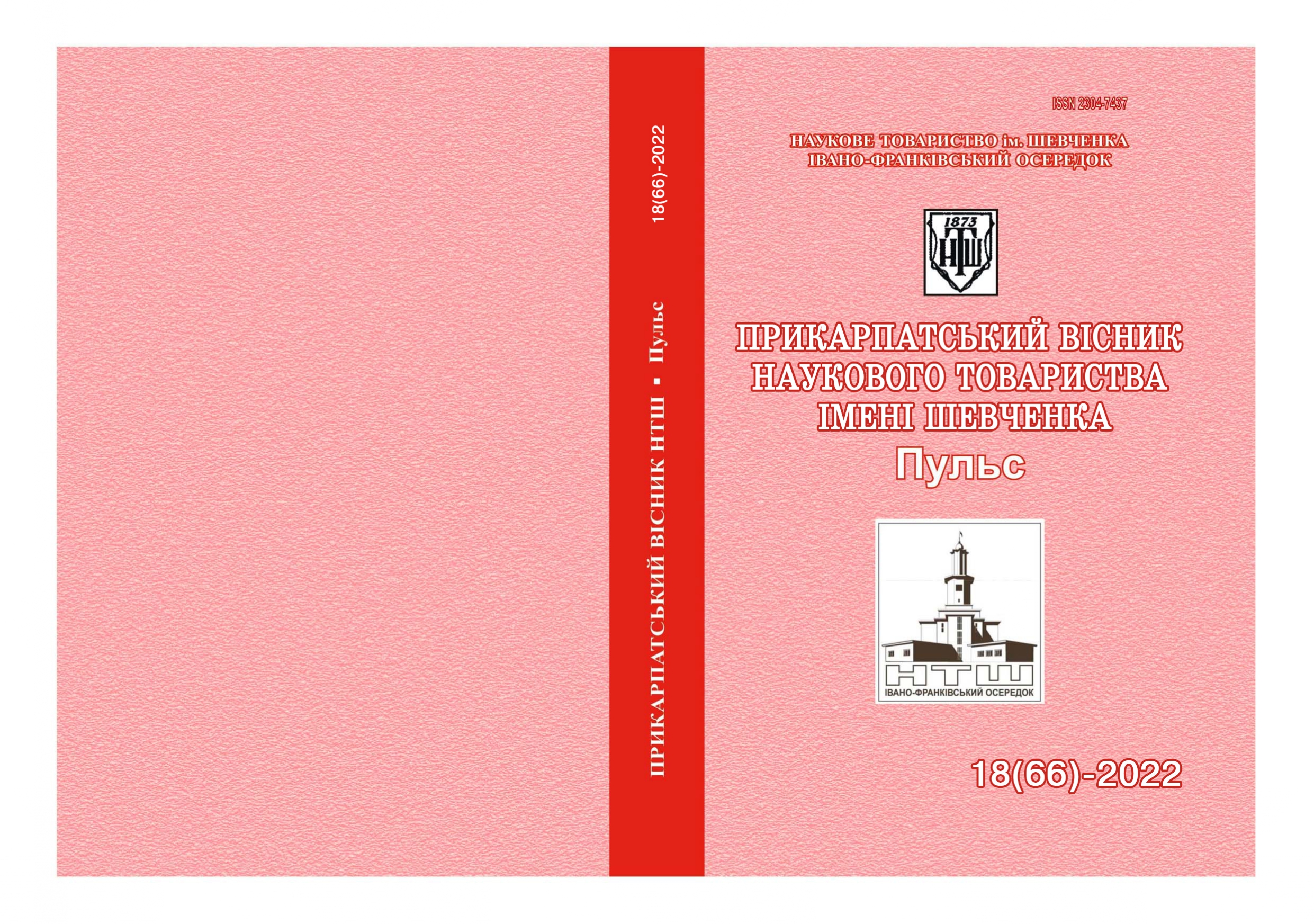“TIPS AND TRICKS” OF TUMINISCENT ANESTHESIA IN OUTPATIENT PHLEBOLOGICAL PRACTICE
DOI:
https://doi.org/10.21802/2304-7437-2022-18(66)-7-16Keywords:
tumescent anesthesia, varicose vein’s disease, thermal method’s of treatmentAbstract
On the clinical basis of the Department of Postgraduate Education Surgery аrom 2018 to 2021, an open, prospective study was conducted, which included 236 consecutive patients with varicose veins of the lower extremities. Endove- nous laser ablation of varicose veins of the main veins was performed in 124 patients, and radiofrequency ablation was performed in 112 patients. Both tech- niques has been done by one surgeon using tumescent local anesthesia for pain relief. The criteria for inclusion in the study were diagnosed clinical manifesta- tions of varicose disease of the lower extremities C2-C6 according to the CEAP classification with damage to the great saphenous vein. Tumescent anesthesia was performed with a modified Klein solution: 1000 ml of 0.9% saline (50 mg / 1 ml; Yuriya-Pharm, Cherkasy, Ukraine); 10 ml of 2% lidocaine (10 mg / 1 ml; Lekhim-Kharkiv, Kharkiv, Ukraine); 0.66 mg adrenaline (64 μg / 100 ml; Sanofi Aventis Deutschland GmbH, Frankfurt AM, Germany); 10 ml of 8.4% sodium bicarbonate (4 g / 100 ml; Infusion, Vinnytsia, Ukraine). A NOUVAG Dispenser DP30 (Goldach, Switzerland) with a collection infusion set and a 21 G needle Sterican 21 G (B Braun, Melsungen, Germany) with a flow rate of 60–70% de- pending on the patient’s sensations was used to administer the solution. Infiltra- tion was performed using ultrasound imaging. The effectiveness of tumescent anesthesia depends on a number of factors: the length of the ablation zone of the great saphenous vein (35.1 cm (sd 10.7 cm) for patients who underwent endovenous laser ablation and 36.9 cm (sd 10.4) for - radiofrequency ablation); the average diameter of the great saphenous vein (measured at the level of the sapheno-femoral junction is 12.08 + 5.07 mm, 3 cm distal of the previous zone- was 8.82 + 4.31 mm, measured in the middle of the thigh 7.69 + 1.62 mm); miniphlebectomy area. The volume of modified Klein solution used for tumes- cent anesthesia of the ablation zone of the pathologically altered great saphenous vein ranged from 390 ml to 686 ml. The analysis of the pain index determined by VAS during surgery did not differ statistically in the study groups and was 2.3 (0.8 - 3.7) for endovenous laser ablation and 2.7 (1.4 - 4.4) for radiofrequency ablation, which is evidence of the adequacy of the performed tumescence and the lack of negative effects of thermal energy on the surrounding tissues. Compli- cations of tumescent anesthesia in the form of ecchymoses were observed in 24 (19.4 patients treated with varicose veins by endovenous laser ablation and in 16 (14.3%) patients with radiofrequency ablation. The maximum severity of clinical manifestations occurred on the 7th day of the postoperative period. However, they did not require specific therapy and completely regressed by 30 days.Taking into account the proposed features of local anesthesia in outpatient phlebological practice provides a sufficient level of analgesic effect during thermal ablation of a large subcutaneous vein with the volume of applied anesthetic for endovenous laser coagulation of 11.82 (sd 2.84) ml/cm, and 12.43 (sd 2.1) ml/cm of treated vein for radiofrequency ablation minimizes the risks of intra- and postoperative complications.

